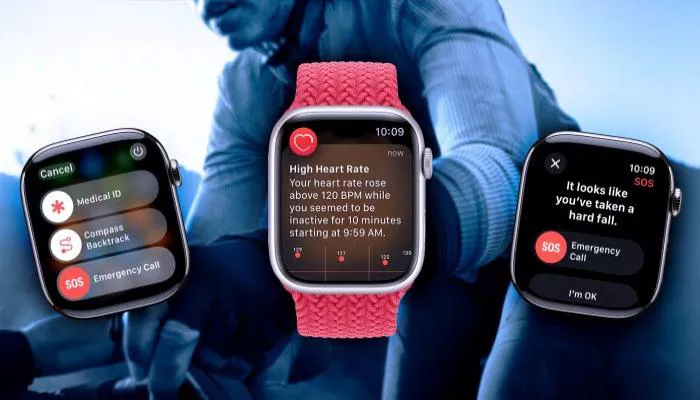The wearable band market grew by 13% year-over-year in Q1 2025, reaching 46.6 million shipments, according to research firm Canalys. The surge was fueled by rising demand in emerging markets and a weak performance comparison from the same period in 2024.
Xiaomi Takes Lead with Aggressive Pricing and Ecosystem Strategy
Xiaomi reclaimed the top spot with 8.7 million units shipped, marking a 44% increase from the previous year. The company attributed its success to strong sales of the Redmi Band 5 and deeper integration with HyperOS, its proprietary operating system.
A new in-house smartphone chip and a tightly aligned product lineup helped Xiaomi strengthen its appeal, particularly in cost-sensitive regions.
Apple’s Growth Lags Behind Competitors
Apple secured second place with 7.6 million Apple Watch shipments, a modest 5% increase from 2024. The slow growth aligns with seasonal trends, as Q1 is typically the weakest period for Apple ahead of its annual September refresh.
Rather than pushing major hardware updates, Apple is doubling down on ecosystem stickiness, leveraging health integrations, privacy features, and seamless iPhone connectivity to maintain its premium positioning. However, with its user base nearing saturation, future growth may hinge on subscription services like Apple Fitness+ and advanced health monitoring.
Huawei and Samsung Show Strong Momentum
Huawei took third place with 7.1 million shipments, up 36% year-over-year, thanks to the global expansion of its GT and Fit series and wider adoption of the Huawei Health app.
Samsung followed with 4.9 million units shipped, a 74% surge driven by a dual-market strategy targeting both budget and premium segments.
Garmin Bets on Subscription Model for Long-Term Growth
Garmin rounded out the top five with 1.8 million shipments, up 10%, as it introduced Garmin Connect+, a subscription service offering advanced health insights and training tools.
Wearable Market Shifts Focus from Hardware to Ecosystems
With hardware margins under pressure, major players are prioritizing ecosystem integration and subscription services to drive long-term revenue.
In China, Xiaomi is using HyperOS to create a unified experience across phones, wearables, and smart home devices. Meanwhile, Huawei is building a closed-loop health ecosystem through its Health app.
Globally, brands like Oura and Whoop have embraced subscription-first models, positioning wearables as ongoing services rather than standalone purchases.
Key Takeaways for the Future
- Price, battery life, and health tracking remain top consumer priorities.
- Ecosystem integration and data security are becoming key differentiators.
- Xiaomi’s rise demonstrates how affordability and ecosystem synergy can challenge established players.
- Apple’s challenge is no longer selling watches but making them essential through services and connectivity.
As competition intensifies, success will depend less on hardware specs and more on how well devices integrate into broader digital ecosystems.
Related topics:
- Apple Watch with cameras reportedly canceled, but camera-equipped AirPods still on track
- Apple Watch Series 10 returns to $299 after $100 price cut on Amazon
- Lack of updates and new models sees Apple Watch sales decline


